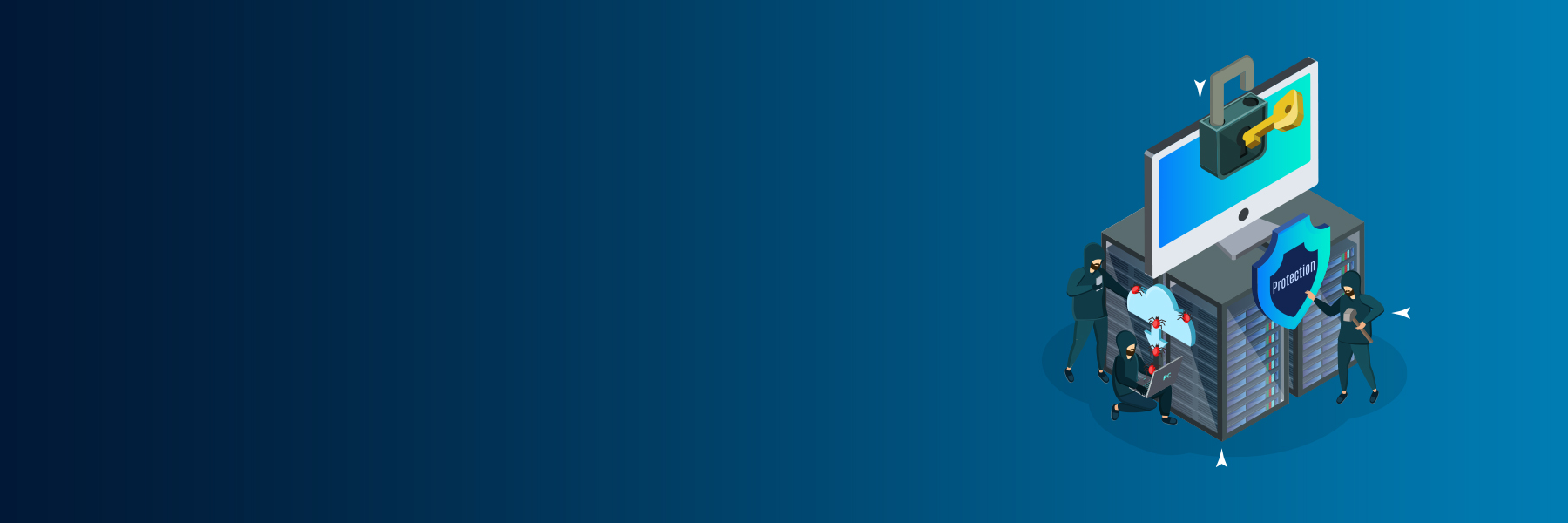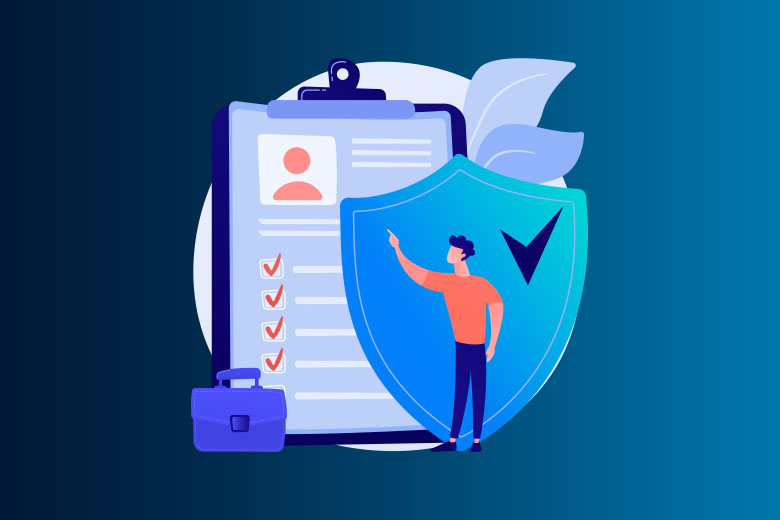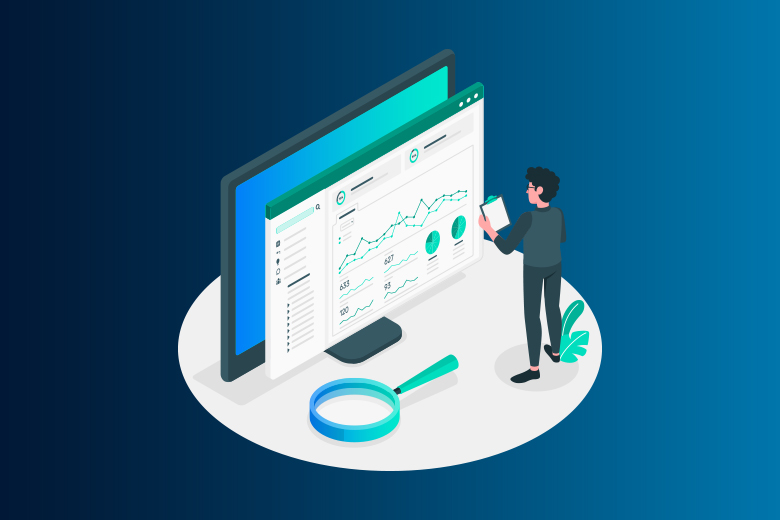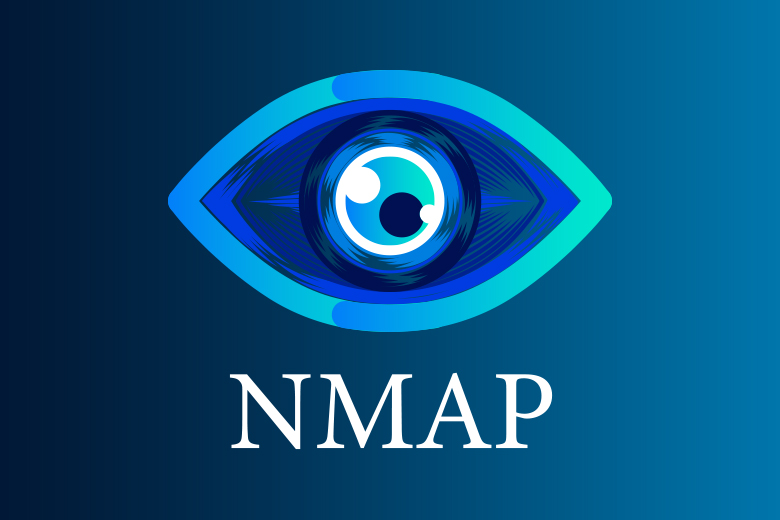03 May 2024
SafeAeon Inc.For years, the main goal of cybersecurity defenses has been to keep hackers out by making walls that are higher and higher. But because online threats are always changing, a new truth is becoming clear: sometimes the biggest danger is among us. When a legitimate user having proper access to the of the organization data and he misuse his user credentials someone with permission to access an organization's systems or data does something bad, this is called threats from the inside, which is also known as "insider threats." These insiders could be angry workers, careless contractors, or even people who are being used as pawns in a social engineering scheme without realizing it.
No longer is it a question of "if" insider danger will happen, but "when?" A study done by IBM in 2023 found that data breaches caused by bad people inside the company cost an average of $4.90 million, which is a huge increase from breaches caused by threats from outside the company. Verizon's 2023 Threat Report also showed that a single insider event can expose an amazing billion records, showing how bad the damage could be.
The facts in this article are very disturbing. Insider threats can get around normal security measures and cause chaos before anyone knows what's going on, like a Trojan Horse sneaking into the middle of a city. They could steal private information, stop important activities, or even become theat to co-workers. In today's highly connected world, where data security is very important to a company's image, an insider attack can have terrible results.
We shouldn't get rid of the old rules completely, though. Strong protection around the edges are still very important. But now, organizations need to focus on a multi-layered method that takes into account the insider threat. When businesses use the right tactics, they can switch from "keeping the insider threat out" to "identifying and mitigating risks from within." This introduction sets the stage for looking into those key strategies. It gives companies the tools they need to strengthen their defenses and face the next big thing in cybersecurity.
How to Know How Bad Insider Threats Are?
Insider threats come from people who are allowed to use an organization's tools and could do harm to the organization from within.
Types of Threats from the Inside
Deliberate Insider Threats: These are threats that are made on purpose by workers or contractors who want to steal data, mess up operations, or hurt important systems. Industrial spying or personal gain could be the reason. People who have a lot of system privileges are very dangerous because they can do a lot of damage to a business's IT environment and processes.
Negligent insider threats: These are threats that aren't meant to be hurtful, but they can still do deep damage. They happen when trusted employees do stupid things unwillingly that cause costly data breaches. The problem with negligent insider risks is that they can happen at any time and to anyone, even well-trained employees.
Concerns about threats from insiders
Businesses of all sizes worry a lot about insider threats because they can cause big data breaches, lost money, and damage to the company's image. Insiders are to blame for 60% of all data breaches, according to new figures that show a 44% rise in incidents involving insiders from 2020 to 2022. The 2023 Verizon Data Breach Investigations Report also says that people are involved in 74% of data leaks.
74% of cybersecurity experts say their companies are open to insider threats, and 60% have seen such an incident happen in the last year, according to the 2023 Cybersecurity Insiders Insider Threat Report.
The cost of insider threats is
From the Ponemon Institute's 2022 Global Report on the Cost of Insider Threats:
- 56% of events are caused by careless insiders and cost an average of $484,931 each.
- 26% of events, which cost an average of $648,062, are caused by bad people inside the company.
- Insider credentials that have been stolen cause 18% of cases, which cost an average of $804,997.
Problems with Hunting Down Insider Threats
Insider threats are especially hard to spot because they have legal access to the company's systems and private data. Only 12% of insider threats are taken care of in less than a month, and it usually takes 85 days to do so. Insiders usually know how to get around security measures, which makes it hard to find and stop them.
Dealing with Insider Threats: To deal with these risks, businesses need to set up strong security rules, methods, and tools to stop people from MISUSE their power. Key strategies include keeping an eye on what users are doing, encrypting private data, and making sure that all employees get regular security training. These steps are necessary to protect the organization's most important assets and lower the risk of insider threats.
5 Best Practices for Protecting Against and Preventing Insider Threats
Implementing these best practices can significantly enhance an organization's defenses against both unwitting and deliberate insider threats:
Inventory and Classify Data Resources:
Organizations should conduct a thorough inventory of their data across all environments, including on-site and in public or private clouds. It is crucial to classify data so that sensitive information and the systems that process it are accessible only to those who need it for their job functions. Implementing strong identity and access management (IAM) systems is essential to prevent unauthorized access.
Develop an Inclusive Data Handling Policy:
Create a comprehensive data handling policy that specifies who can access certain data, along with where, when, and how it can be used. Monitoring for and investigating any violations of this policy helps in detecting and addressing insider threats.
Provide Security Awareness and Data Handling Training:
Regular training programs on security awareness and data handling should be mandatory for all employees. These programs help reduce errors in data handling by well-intentioned employees and are an essential step in mitigating unwitting insider threats. Although such training might be overlooked by malicious insiders, it is critical for fostering a security-conscious culture.
Monitor Systems for Insider Threat Indicators:
Continuous monitoring of the IT environment for any unusual or unauthorized activity is crucial. Security measures like intrusion detection systems, privileged access management, and user behavior analytics help identify potential insider threats. Proactively investigating unusual activities can prevent these threats from escalating.
Implement a Data Loss Prevention Platform:
A data loss prevention (DLP) platform can significantly mitigate insider threats by automatically enforcing the organization’s data handling policies. These platforms prevent both intentional and accidental mishandling of data by classifying data as it enters the environment and applying appropriate security measures based on its classification.
Examples of Insider Threat Indicators:
- Unusual login behavior, such as accessing the system at odd hours or trying to access restricted systems.
- Repeated attempts to access restricted data or applications.
- Excessive downloading activity could suggest an attempt to steal data.
- Requests for elevated privileges are out of the ordinary and could be used to access sensitive information.
By integrating these practices, organizations can better shield themselves from the risks posed by insider threats, ensuring that their critical data and systems remain protected.
Conclusion
For any group to stay safe and honest, it's important to protect itself from threats from the inside. Strategies that work include strict controls on who can access information, constant tracking, and thorough training for all employees. Strong access management rules that limit user access based on roles and responsibilities are necessary to keep internal risks to a minimum. Monitoring network activities all the time helps find strange behavior that could be a sign of a security breach, so action can be taken quickly to limit the damage. A culture of security awareness can also be created by teaching workers about how important security is and the common tricks that insiders use. Also, businesses should think about doing regular audits and background checks to make sure rules are followed and to find any possible red flags. By using these strategies with the help of SafeAeon, businesses can improve their defenses against internal risks, keeping their assets safe and making sure their employees feel safe at work.














